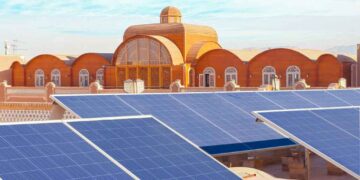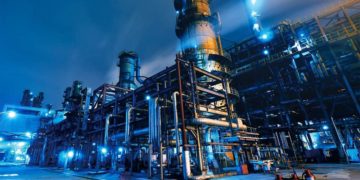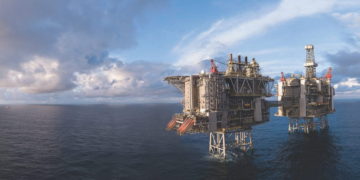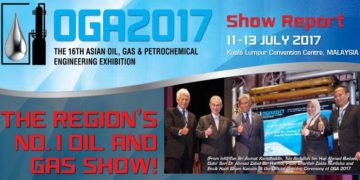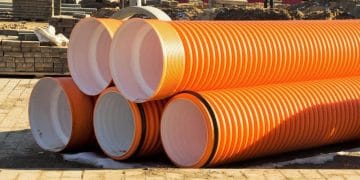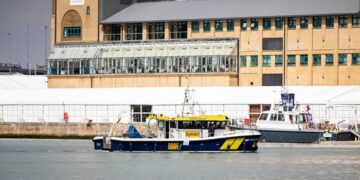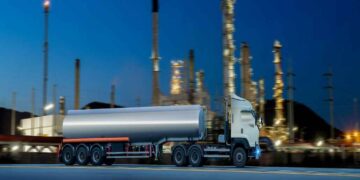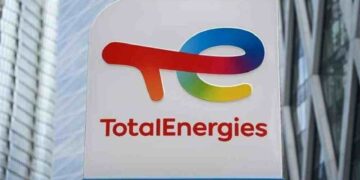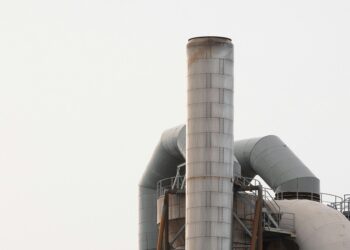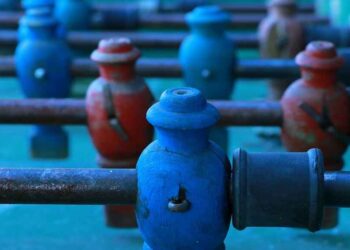The Asia Petroleum Hub is one of the largest petroleum storage projects in Asia, and has the potential to become a major market for petroleum products in the region.
The facility was given the go-ahead by the Malaysian Government in March 2007 and broke ground in July 2007. The hub is being constructed on a 40ha man-made island in Mukim Serkat Daerah Pontian, near the port of Tanjung Pelepas, Johor.
Asia Petroleum Hub financing problems
The project was initially expected to cost $528.9m (MYR1.7bn) to build and was scheduled for completion in 2009; however, in April 2010 APH announced that the project was delayed due to land stabilisation works being carried out on the reclaimed island.
In June 2011, CIMB placed APH under receivership. APH has already spent $265m on the project and requires $630m in additional financing. The additional funds are required to carry out work on the island. In August 2011, reports emerged that a new investor would provide the additional funds. However, as of July 2012, APH’s receivers, PricewaterhouseCoopers, are seeking to carve out its assets for a restructuing scheme with questions over who has the legal rights to develop the hub
The project stalled at 64% complete in June 2011.
Asia Petroleum Hub development
“The Asia Petroleum Hub is one of the newest petroleum storage projects started in Asia.”
The hub development was started by Asia Petroleum Hub (APH), which is 90% owned by KIC Oil and Gas, a Malaysian private oil company, and 10% owned by Trek Perentis.
The land for the project was leased to Seaport Terminal by the Malaysian Government, which in turn leased it to APH.
The facility was set to be managed by Kadriah Intergrated Facilities, a company that manages oil terminals in Tanjung Pelepas and Westport for KIC Oil and Gas.
Financing for the project was being provided by CIMB Group (also financial advisor for the project). APH expected that Malaysia Petroliam Nasional would use the hub for storage.
Asia Petroleum Hub concept
The concept behind the Asia Petroleum Hub is to reduce the cost of landed petroleum products in Malaysia by cutting out the double handling charges that are usually levied on deliveries.
Shipments can be made directly from the source to the hub, thus helping reduce government fuel subsidies (Malaysia will have more control over its own petroleum reserves). The hub is expected to attain world recognition and become a recognised market for global petroleum-trading activities.
The hub will also act as a new supply chain for the area, and may help attract foreign investment to the island.
Facilities at the Asia Petroleum Hub
The Asia Petroleum Hub was designed with facilities to receive, store, blend and distribute petroleum products. The facility will also include breakbulk facilities for fully laden vessels of up to 350,000dwt.
“The Asia Petroleum Hub will reduce the cost of landed petroleum products in Malaysia.”
The island will be accessible from the mainland via a bridge, and will have an estimated product storage capacity of 950,000m3. The facility will also be equipped with seven fixed berths for vessels of up to 150,000dwt, and will have a single point mooring system for ultra large crude carriers.
The hub will have loading facilities for tanker trucks for road deliveries inland, bunker barges for offshore bunkering of ships, and oil product carriers for trading in the petrol and petroleum products markets.
There will also be facilities to blend fuel oil and petrol, so that the hub can produce different grades of these products for sale.
Products will include industrial and marine fuel oils, petrol (unleaded), diesel (low sulphur), jet fuel and biodiesel products. The facility will eventually handle 60 million tonnes of petroleum products a year, and play host to over 2,000 vessels annually.
Contractors
Operator APH appointed Mott MacDonald to provide design services for the project and engineering, procurement and construction management services.
“Mott Macdonald was asked to provide design services for the Asia Petroleum Hub.”
Other contractors appointed by APH for construction work include Muhibbah Engineering and Nam Fatt Corporation. In addition, ZAQ Construction and QI-pmc will provide construction management services.
In April 2007, Kencana HK, a subsidiary of Kencana Petroleum, was awarded a subcontract for procurement, construction and commissioning.



